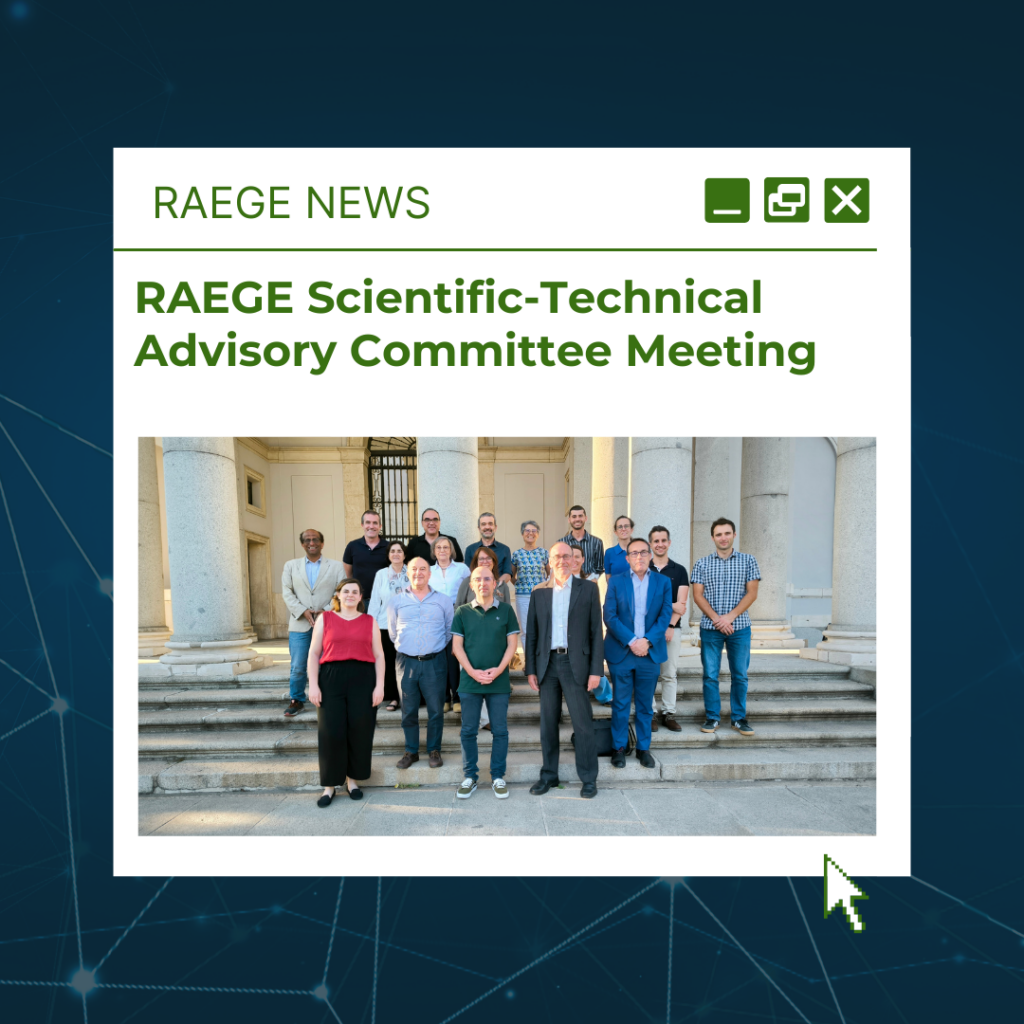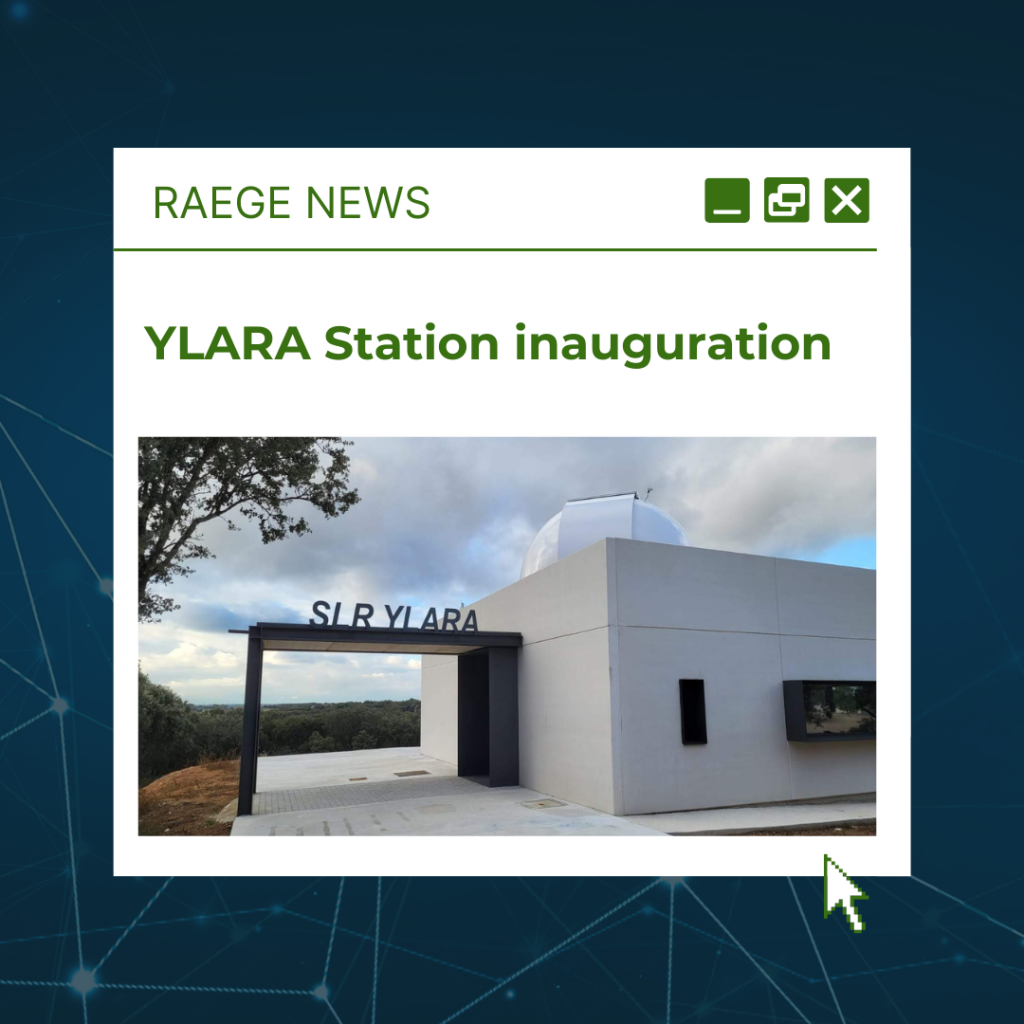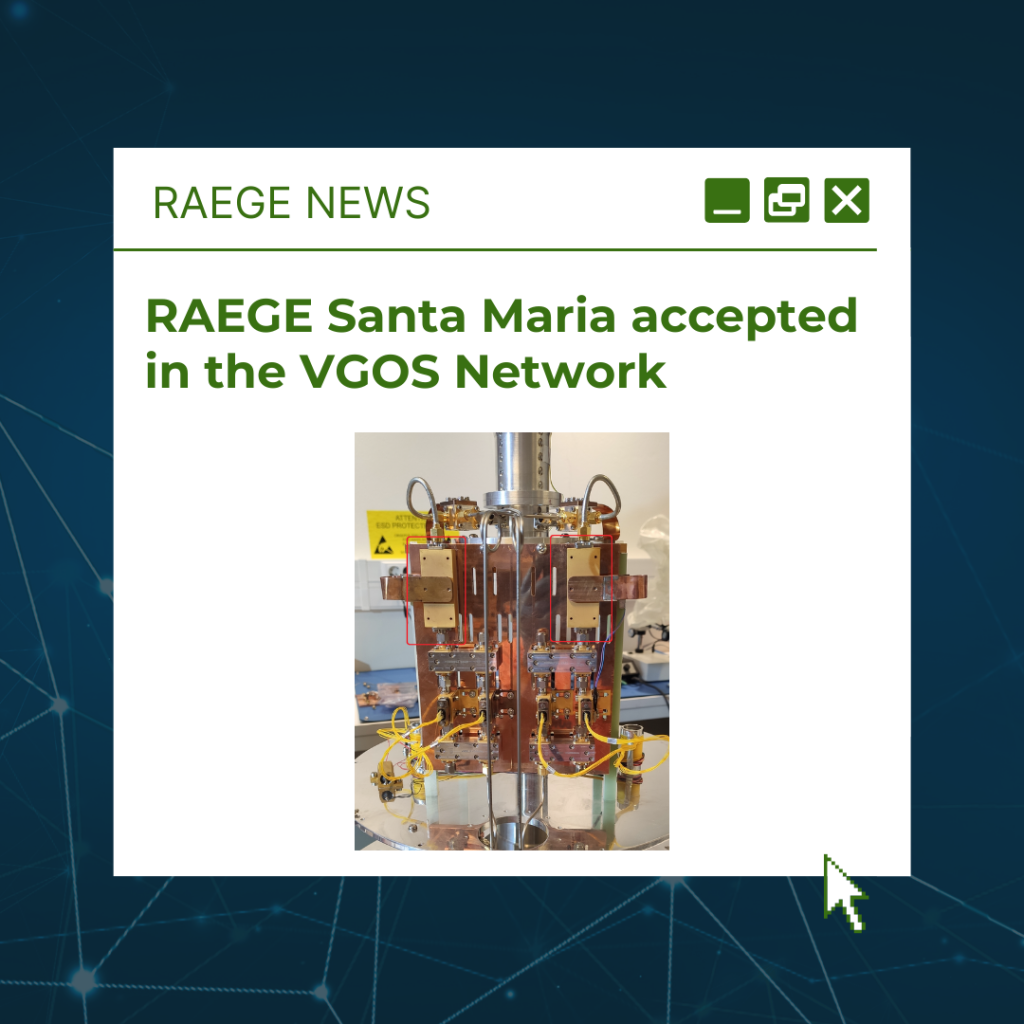RAEGE Analysis Group participation in the 5th IVS VLBI School for Geodesy and Astrometry
RAEGE Analysis Group participation in the 5th IVS VLBI School for Geodesy and Astrometry On October 26, 27 and 28, the fifth edition of the VLBI School for Geodesy and Astrometry, organized by the International VLBI Service (IVS), was held at the Chalmers University of Technology (Göteborg, Sweden). This formative event brought together more than […]
RAEGE Analysis Group participation in the 5th IVS VLBI School for Geodesy and Astrometry Read More »




